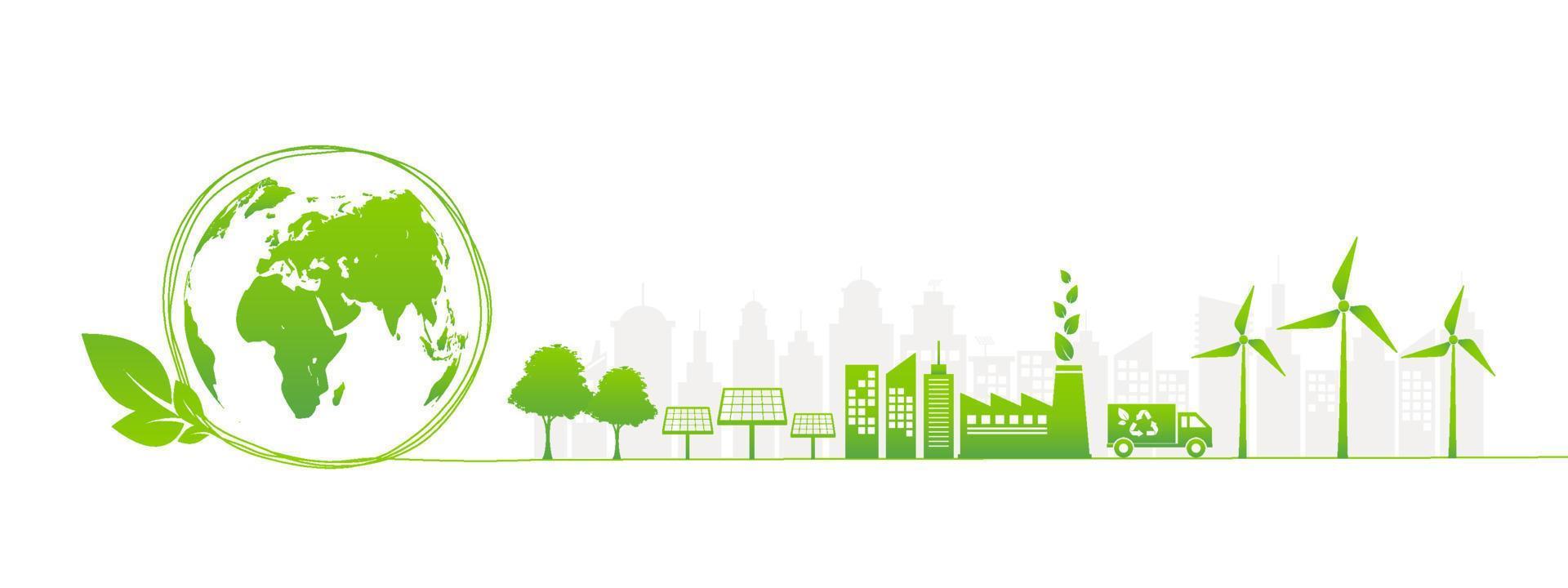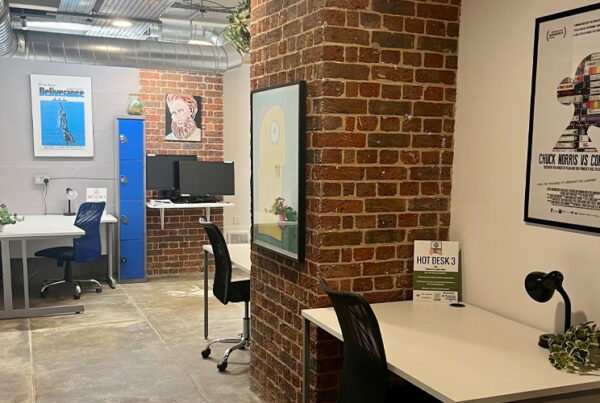Sustainable Co-working Spaces: How to Go Green in Your Office Environment
The co-working revolution has transformed how we work, blending flexibility, collaboration, and innovation. But in the face of rising environmental concerns, the spotlight has turned to an important question: How environmentally sustainable are these shared spaces? Over recent years, co-working hubs have made impressive strides in reducing their environmental footprint, paving the way for greener business models. In this blog, we’ll dive into the sustainability efforts taking root in co-working spaces and explore why they’re key players in the movement toward a more sustainable future.
Key Initiatives for Greener Co-Working Spaces
- Energy Efficiency:
- Smart lighting, energy-efficient appliances, and solar power reduce energy waste and costs.
- Zero-Waste Practices:
- Paperless policies, composting programs, and reusable products minimize landfill contributions.
- Green Building Design:
- Eco-friendly features like LEED-certified buildings, recycled materials, and biophilic design lower environmental impact.
- Sustainable Commuting:
- Facilities like bike racks, EV chargers, and carpool incentives support eco-friendly travel.
- Building a Green Community:
- Workshops, challenges, and collaborations inspire members to adopt sustainable habits.
- Workshops, challenges, and collaborations inspire members to adopt sustainable habits.
Case Study: Sustainable Co-Working Space – Impact Hub Amsterdam
Impact Hub Amsterdam, located in the Tropenmuseum, integrates sustainability into its operations while fostering social entrepreneurship. Key initiatives include solar panels, energy-saving systems, recycled furniture, biodegradable cleaning products, comprehensive recycling and composting, and green commuting options like bike storage and EV chargers. The Hub engages its community through workshops, events, and partnerships with eco-focused startups. These efforts have achieved a 30% energy reduction, diverted 85% of waste from landfills, supported over 500 green startups, and hosted 200+ sustainability events. With a strong focus on environmental, social, and economic impact, it sets a benchmark for sustainable co-working spaces.
Conclusion: Leading the Green Movement
Co-working spaces are driving change by integrating sustainability into daily operations and fostering eco-conscious communities. These efforts align with the values of today’s workforce while addressing urgent environmental needs.
Join the Conversation: How is your workspace going green? Share your ideas or success stories to [email protected]—we’d love to feature them in future posts!






